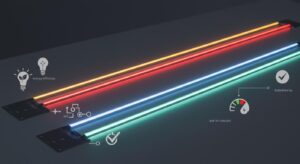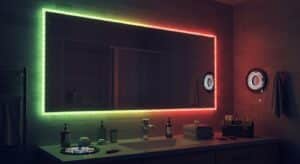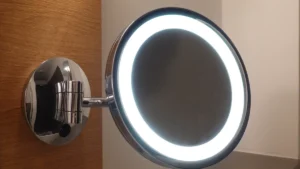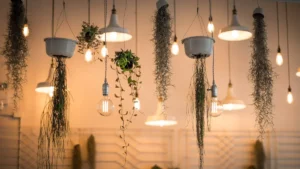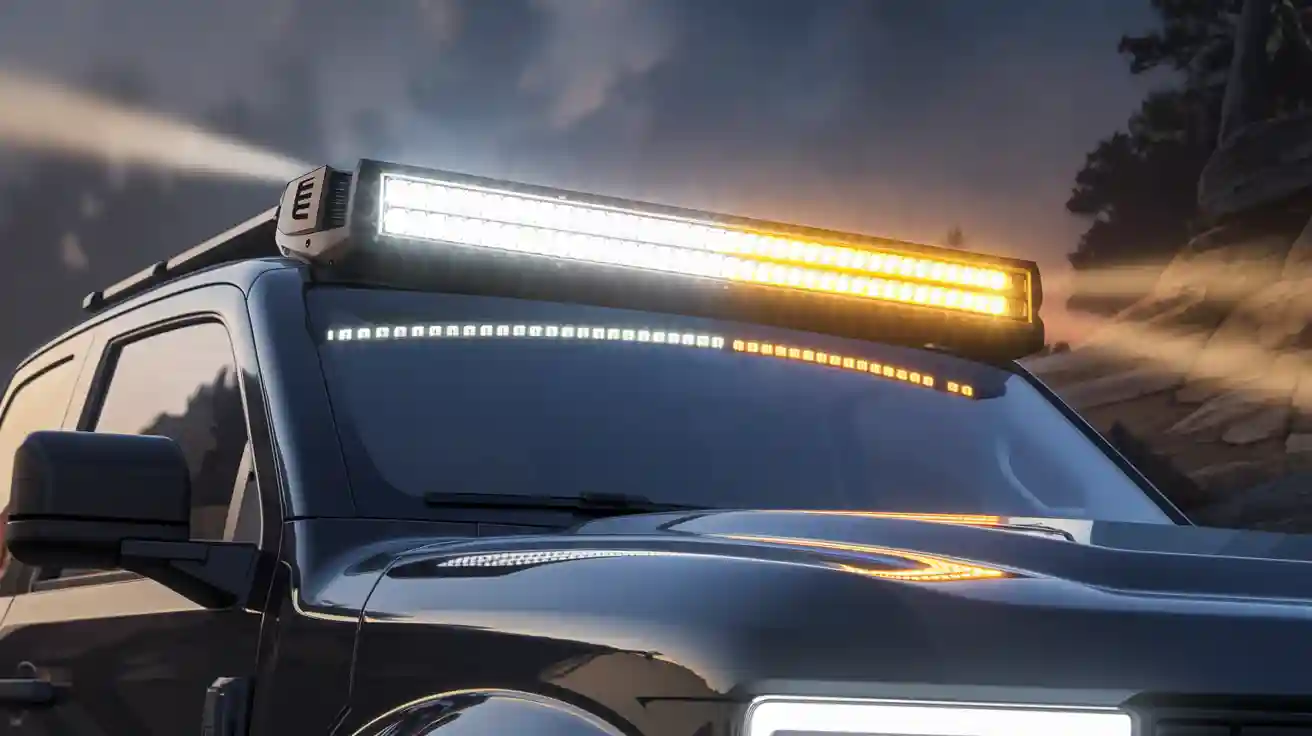
Choosing the best dual color LED light bar improves lighting. You might want a strong beam for off-road trips. Or, you may prefer colorful RGB lights for cool looks. Read reviews, check features, and pick a durable light bar. This ensures your LED light bar works as you expect.
Key Takeaways
Pick the right brightness by matching lumens to your use. More lumens are good for off-road, while fewer work for accents.
Choose a beam pattern that suits your need. Spot beams shine far, flood beams light wide areas, and combo beams do both.
Make sure it fits your vehicle’s size and power. Measure the space and check voltage to avoid problems.
Key Features and Considerations
Brightness and Lumens
When picking a dual color LED light bar, brightness is key. Brightness is measured in lumens, which shows how much light it gives. More lumens mean brighter light. But how do you pick the right lumens? It depends on where and how you’ll use the light.
Here’s a simple guide to match lumens with your needs:
Application Area | Recommended Lumen Range | Notes |
|---|---|---|
Hallways, Stairwells, Porches | 300–700 lumens | Soft light for walking and safety |
Living Rooms, Bedrooms, Offices | 800–2,000 lumens | Bright enough for reading and daily tasks |
Workshops, Garages, Retail Spaces | 2,000–5,000 lumens | Great for detailed work or displays |
Warehouses, Factories, Stadiums | 10,000–50,000+ lumens | Needs high bay or flood lights for big spaces |
Accent Lighting | 50–300 lumens | Highlights art, décor, or details |
Security and Outdoor Flood Lights | 2,000–8,000 lumens | Depends on area size and motion sensors |
Choosing the right lumens ensures safety, comfort, and saves energy. For off-road trips, you’ll need higher lumens to see far ahead. For accent lighting or RGB effects, fewer lumens are fine. Also, brightness can depend on the Color Rendering Index (CRI). A high CRI makes colors look real and clear, improving visibility.
💡 Tip: Don’t just check lumens. Look at wattage too. High lumens with low wattage save energy and money.
Beam Patterns and Distribution
The beam pattern of a dual color LED light bar decides how light spreads. This is important for safety and visibility. There are three main beam patterns: spot, flood, and combo.
Spot Beam: Creates a narrow, focused light. Best for long-distance use, like dark roads or trails.
Flood Beam: Spreads light wide. Good for close areas like campsites or workspaces.
Combo Beam: Mixes spot and flood beams. Offers both distance and width for flexible use.
Here’s a chart comparing beam pattern performance:
Rating Category | Good | Acceptable | Marginal | Poor |
|---|---|---|---|---|
Glare | No glare above 10 lux. No odd spots | Some glare above 10 lux | Some glare above 10 lux | No glare control |
Beam | Great distance and side lighting | Good side lighting, no extra foreground | Some distance lighting | Little distance lighting |
Color | Pure white, good CRI | Slight color shift, usable CRI | Noticeable color shift, muted colors | Heavy color distortion |
Pick a beam pattern based on your needs. For off-road driving, a combo beam works well. It gives both long-distance and wide-area lighting. For RGB lighting, beam patterns matter less, but even light spread is still important.
Note: Test the beam pattern before installing it. This ensures it works as expected and gives the visibility you need.
Compatibility of Dual Color LED Light Bar
Vehicle Size and Mounting Location
Choosing the right dual color LED light bar depends on your vehicle’s size and where you’ll place it. Bigger vehicles like trucks and SUVs can fit larger light bars. Smaller cars, like sedans, need compact ones. The spot you mount it also matters. Popular places include the roof, bumper, or grille, each with its own benefits.
Roof Mounts: These give a wide view, great for off-road use. They provide strong lighting but may increase wind resistance.
Bumper Mounts: These are lower and focus light better on the road. They’re often used on trucks and work vehicles.
Grille Mounts: These look stylish and work well for accent lighting. However, they might not light up far distances effectively.
💡 Tip: Measure the mounting area before buying. This ensures the light bar fits without blocking other parts of your car. Check if your vehicle has pre-drilled holes or brackets to make installation easier.
When picking aftermarket light bars, think about weight and size. Heavy-duty lights may need stronger mounts. Lightweight options are better for smaller vehicles and are easier to install. Always match the light bar’s size and weight to your vehicle for the best fit.
Voltage and Wiring Requirements
Voltage is important for your light bar to work correctly. Most dual color LED light bars use 12V or 24V systems. Trucks and off-road vehicles often use 24V, while smaller cars usually run on 12V. Knowing your vehicle’s voltage helps you pick a light bar that works well without problems.
Here’s a quick guide to common wiring specs:
Specification | Details |
|---|---|
Voltage Compatibility | 12V / 24V DC |
Max Load | 30 Amps |
Operating Temperature | -30°C to 70°C |
Light Connector | 2-Pin DT-P |
High Beam Input Options | HB3, H4, bare wires |
Warranty | 3-Year Limited Warranty |
Use connectors that match your vehicle’s system when wiring the light bar. For example, 2-pin DT-P connectors are common for heavy-duty setups. If your car uses high beam inputs like HB3 or H4, make sure the light bar supports them. Bare wires can also work but need careful handling to avoid damage.
💡 Note: Check your car’s manual for wiring details. This helps prevent problems and ensures safe installation. If you’re unsure, ask a professional for help with the wiring.
Also, think about temperature tolerance. Your light bar should handle extreme weather, from freezing cold to hot summers. Look for models that work between -30°C and 70°C. This ensures they stay reliable, especially for off-road trips.
Durability and Build Quality
Weatherproof and Dustproof Ratings
Picking a dual color LED light bar needs care. It should handle tough weather like rain, dust, or heat. This is why weatherproof and dustproof ratings are important.
Good LED light bars often have an IP68 waterproof rating. This means they can stay underwater up to 1 meter for hours. They are sealed with rubber pads and silicone strips to block dust and water. The housing, made of strong aluminum, keeps it cool and lasts long.
Here’s a simple breakdown of the features:
Feature | Details |
|---|---|
Waterproof Rating | IP68 |
Testing Procedure | Submerged in 1 meter of water for 5 hours, still works |
Housing Material | Strong 6063 die-casting aluminum for cooling |
Lifespan | Over 50,000 hours |
Additional Protection | Sealed with rubber pads, silicone strips, and screws |
Dustproof | Yes |
These features make the light bar reliable in bad weather. Whether for off-roading or work, it won’t fail due to water or dust.
Shockproof and Material Longevity
Durability also means handling bumps and shakes. Off-road driving or rough roads can damage weak lights. A shockproof light bar stays strong and works well.
Many models use stainless steel brackets to handle outdoor stress. The aluminum housing resists rust and absorbs shocks. These features make the light bar last longer and save money.
Here’s another table of details:
Feature | Details |
|---|---|
Waterproof Rating | IP68 |
Testing Procedure | Tested for water, dust, rust, and shock resistance |
Housing Material | Strong 6063 die-casting aluminum for cooling |
Lifespan | Over 50,000 hours |
Additional Protection | Stainless steel brackets for tough conditions |
Dustproof | Yes |
Shockproof | Yes |
With these features, your LED light bar handles rough roads and bad weather. Whether for cool colors or bright light, it will last for years.
Installation and Ease of Use
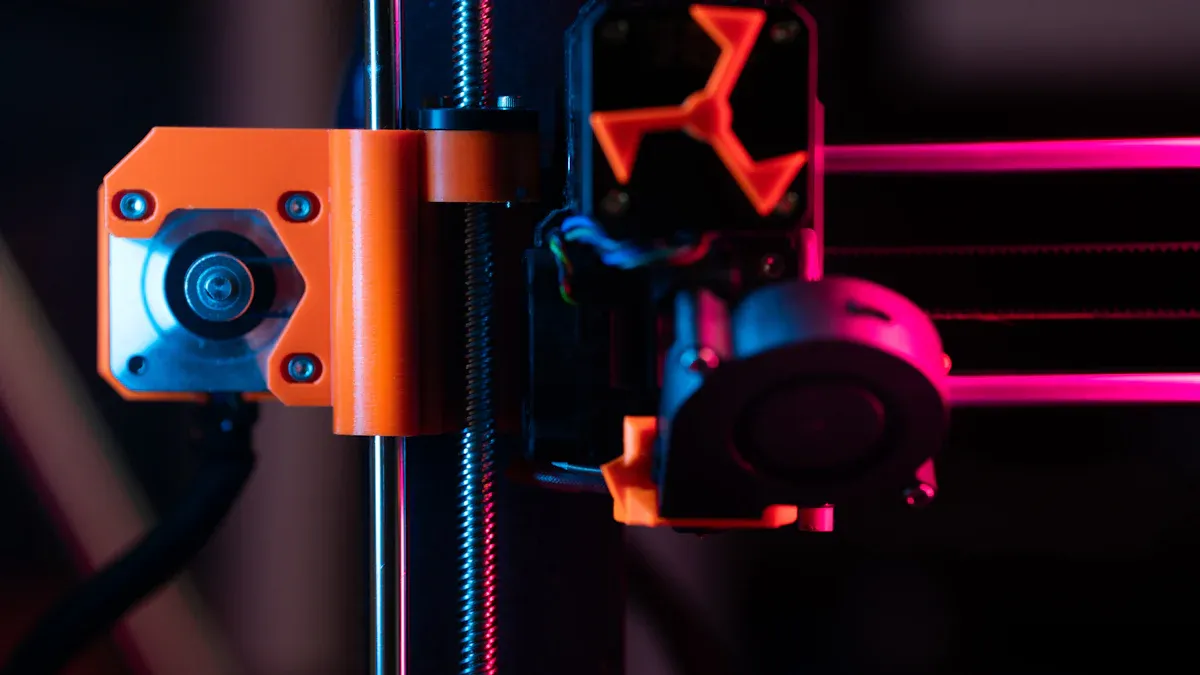
Mounting Options and Tools
Installing a dual color LED light bar doesn’t have to be complicated. You’ll find several mounting options to suit your needs. Roof mounts are great for wide-area lighting, while bumper mounts focus light directly on the road. Grille mounts, on the other hand, add a stylish touch and work well for accent lighting.
Most LED light bars come with brackets and screws to make installation easier. For example, the DV8 Offroad Elite Series 20-Inch Dual Row LED Light Bar includes brackets that simplify the process. Its low-profile design and heat fins also make it user-friendly. Before you start, gather basic tools like a wrench, screwdriver, and measuring tape. These will help you secure the light bar properly.
💡 Tip: Always check the mounting area for pre-drilled holes or brackets. This saves time and ensures a snug fit.
Step-by-Step Installation Tips
Installing your LED light bar is straightforward if you follow these steps:
Choose the Mounting Location: Decide where you want to place the light bar—roof, bumper, or grille. Measure the area to ensure the light bar fits perfectly.
Attach the Brackets: Use the provided brackets to secure the light bar. Tighten the screws but leave some flexibility for adjustments.
Connect the Wiring: Match the wiring to your vehicle’s system. Most LED light strips use 12V or 24V connections. Use a 2-pin DT-P connector for a secure fit.
Test the Light Bar: Before finalizing the installation, turn on the light bar to check its alignment and brightness. Adjust as needed.
Secure Everything: Once satisfied, tighten all screws and bolts. Make sure the wiring is tucked away to avoid damage.
By following these steps, you’ll have your dual color LED light bar installed in no time. Whether you’re using it for off-road adventures or adding RGB light strips for style, proper installation ensures it works perfectly.
Note: If you’re unsure about wiring, consult a professional to avoid electrical issues.
Budget and Value
Comparing Costs Across Brands
Prices for a dual color LED light bar can differ greatly. Some brands focus on being cheap, while others offer high-end features. To choose wisely, compare what each brand gives for the price.
Cheaper models cost $30 to $40. They’re good for basic lighting needs. Mid-range ones, priced at $60 to $70, have better brightness control and more color choices. Premium models, costing up to $150, offer top quality and extras like wireless controls or auto-dimming.
Here’s a simple comparison:
Feature | Budget-Friendly | Mid-Range | Premium |
|---|---|---|---|
Price Range | $30-$40 | $60-$70 | $100-$150 |
Brightness Control | Basic (3-5 levels) | Wide range | Stepless dimming |
Color Temperature | Few options | Multiple | Extensive range |
Build Quality | Basic | Enhanced | Superior |
Special Features | None | Some wireless | Auto-dimming, ASYM-Light™ Technology |
Best For | Simple needs | Balanced use | Heavy-duty use |
This table shows how spending more can mean better features and durability.
Balancing Features with Price
It’s important to balance features with cost. Don’t pay extra for things you won’t use. But don’t pick a light bar that doesn’t meet your needs either. For simple lighting, cheaper models are fine. For off-road trips or RGB effects, mid-range ones are a good choice.
Premium models are great for advanced features like stepless dimming or wide color ranges. These work best for professionals or people who use their light bars often.
💡 Tip: Think about how often you’ll use the light bar. Choose features that matter most to you. Spending more now can save money later by avoiding replacements.
Picking the best dual color LED light bar matters. Consider brightness, fit, strength, and setup before buying. Decide what’s most important, like bright lights for off-road or cool RGB colors. A good LED light bar lasts long and works well, making it worth the cost.
FAQ
What makes a dual color LED light bar different from a regular one?
A dual color LED light bar offers two lighting options, like white and amber, for versatility. It’s perfect for off-road adventures or stylish accent lighting.
Can I install a dual color LED light bar myself?
Yes, you can! Most light bars come with mounting brackets and clear instructions. Just follow the steps carefully, or consult a professional if unsure.
How do I maintain my LED light bar for long-term use?
Clean it regularly to remove dirt and debris. Check the wiring for wear and tear. Proper care ensures it stays bright and functional for years.
See Also
Choosing The Ideal RGB+W COB LED Strip For You
Top Five Tips For Selecting The Best LED Strip Lights
Five Key Tips For Choosing Ideal Backlit Bar Signs
